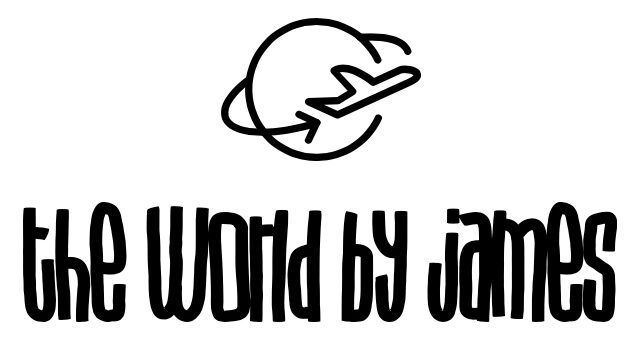Disclosure: This post contains affiliate links that I may earn a small commission from if you purchase something through them. This comes at no extra cost to you!
Gdańsk is a vibrant coastal city in northern Poland that lies on the shores of the Baltic Sea, about 350km north of the capital city Warsaw.
It is one of the country’s oldest cities and a real gem of Europe that many travellers don’t visit when backpacking through Poland. It’s the perfect place for a weekend getaway and has loads of character, from the colourful buildings of the historic Old Town to the serene Motlawa River that runs through the city centre. Try the best of Polish cuisine, get lost amongst the cobbled streets, soak up the masses of information about the city’s dark, yet fascinating history, or laze on the beaches just a short drive away – Gdańsk is the kind of city that has something for everyone!
This travel guide details all the essential information required to plan a few days in Gdańsk, including money-saving tips, the best things to see and do and how best to spend your time to make your trip as amazing as it should be.
Table of Contents...
Toggle
Useful information for Gdańsk
- Country: Poland
- Language: Polish
- Population: 460,000
- Currency: Polish złoty (PLN). £1/$1 = 5.50/4.60 PLN
- Visa info: Poland is part of the Schengen Zone, allowing visitors from 27 European countries to travel here for up to 90 days without a visa. Find out more here.
- SIM Card info: Data packages in Poland are affordable and easy to find. I recommend using Plus or Orange. As a price example, Plus offer high-speed 6GB SIM cards for around just $3 for 2 weeks.
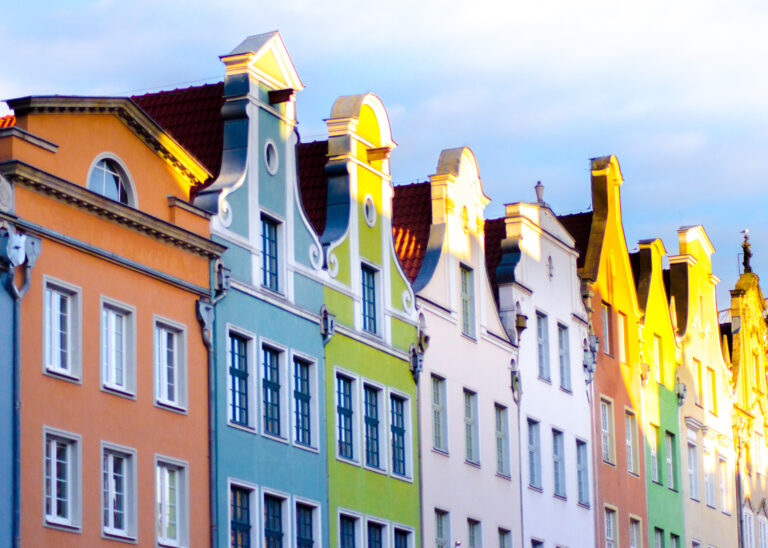
Where is it
Gdańsk is located on the northern coastline of Poland in Europe, about 340km north of its capital city Warsaw.
Check it out on the interactive map below.
When to visit
The most popular time to visit Poland is during the summer (June to August) as temperatures are hot and rain is uncommon. This is the busiest time of year.
In my opinion, the shoulder seasons of April/May and September/October are the best times to visit because you’ll still get the odd hot day but without the summer crowds.
Winters are obviously colder, but much quieter. I visited in December which was great for the Christmas markets and general winter vibes, but you’ll need to wrap up warm at this time of year!
How to get here
There are many way to get to Gdańsk, from planes, trains, buses, ferrys or by car. How to get here will depend on where you’re coming from and what your budget looks like.
Overall the best way to reach Gdańsk internationally is to fly in, and the best way domestically is to get a bus or train.
- Flight: Gdańsk has a well connected international airport, with flights coming from all over Europe. Skyscanner is the best place to search for flights. From the airport there is an airport train or for a door-to-door service I always book an Uber. As a rule, I never use airport taxis because they’re always more expensive and more likely to rip you off.
How to get around
- Trams: At just 14zł (£2.50) for a 24 hour ticket, the tram is a fine way to explore the city if you want to get around quickly and on a budget. By purchasing a day ticket you’ll save money after only a few rides. The tram system is great if you’re not staying in the Old Town and need to commute every day, otherwise walking is still better.
- Uber: Uber is always cheaper than a taxi and I would always recommend this for airport transfers or getting around a city if public transport isn’t ideal for you. Journeys can be paid automatically by card so you don’t need to worry about having the right change too.
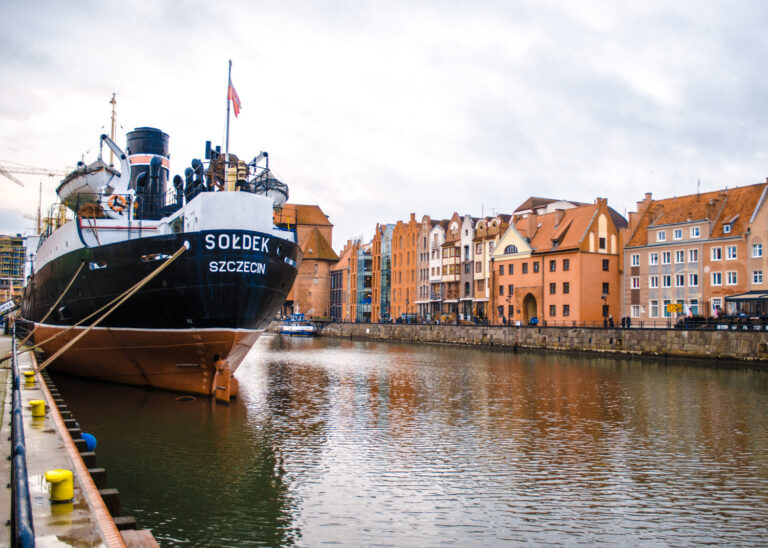
Expected costs
Overall, Gdańsk is a very cheap travel destination when compared to the rest of Europe.
A beer will cost around 8-12 zł (£1.70 – £2) and dinner in a standard restaurant is 25-35 zł (£5 – £6.50).
For backpackers, a budget of around 130-150zł per day (around £26) should be enough for a hostel dorm, cooking your own food and most cheap activities.
For a more comfortable mid-range budget I would consider around 230-260zł per day (around £45) which will get you a private room and a restaurant dinner at night.
How long to stay
This is a personal preference and depends on what style of traveller you are. There are lots of things to get up to in and around the city, but I think 3-4 days is ideal to really get a feel for it.
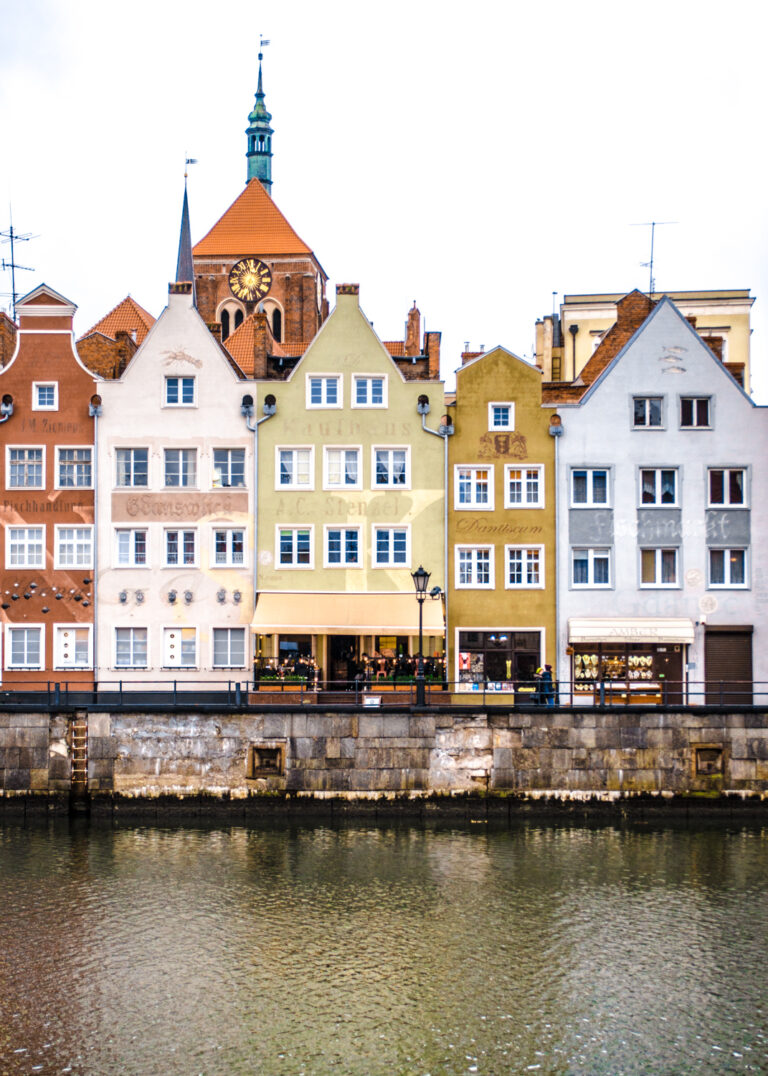
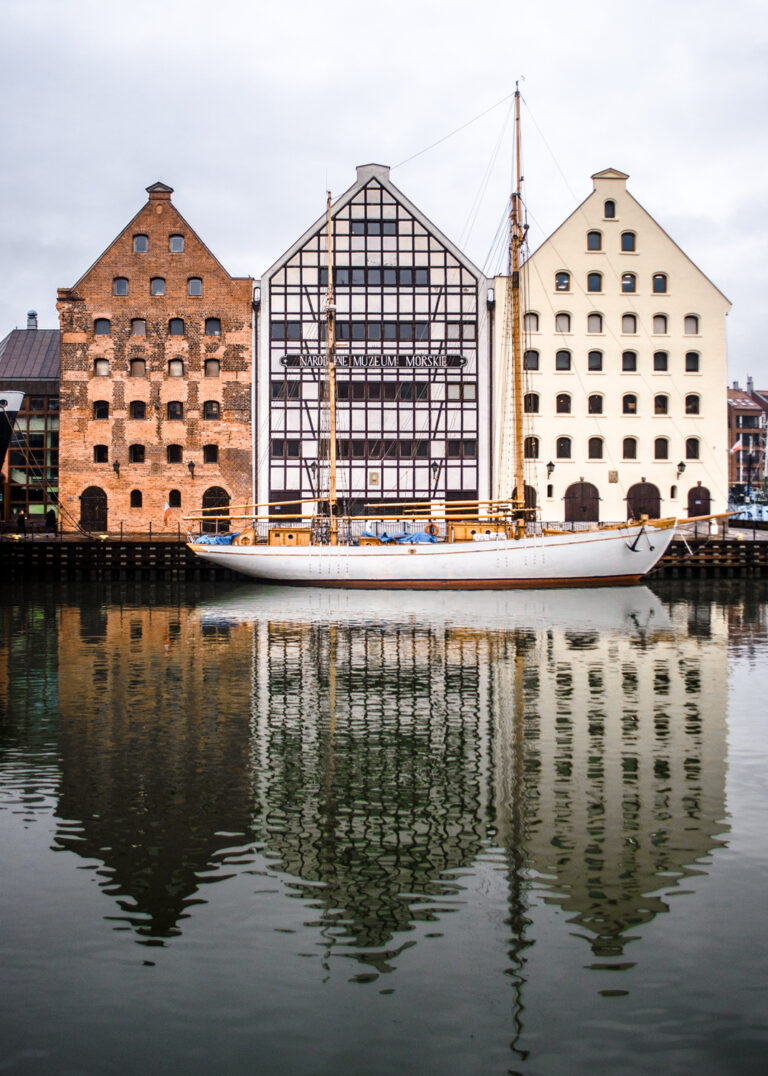
A brief history of Gdańsk
Before you visit Gdańsk, it’s vital to understand a bit about the history of the city.
Did you know that Gdańsk was the place where WWII officially began? Well, north of the city, at Westerplatte (we will visit this place later), Germany invaded Poland on September 1st 1939 which marked the start of the war. Around 200 polish soldiers put up a fight on the Baltic shores there, fending of 8 times that many Germans for nearly a week.
After Germany inevitably defeated Poland, the country was occupied by the Nazis until the Soviet Union liberated it in 1945. During this time, while under German rule, Gdańsk was known as “Danzig”.
By the end of the war, bombs had destroyed nearly 90% of the city. In the 1950’s the city began to be rebuilt with more of an emphasis on French/Dutch architecture, very different to how it looked pre-war.
With this in mind, I highly recommend visiting both Westerplatte and the WWII Museum while visiting the city. They are important places in our relatively recent past that I passionately believe every visitor should witness.
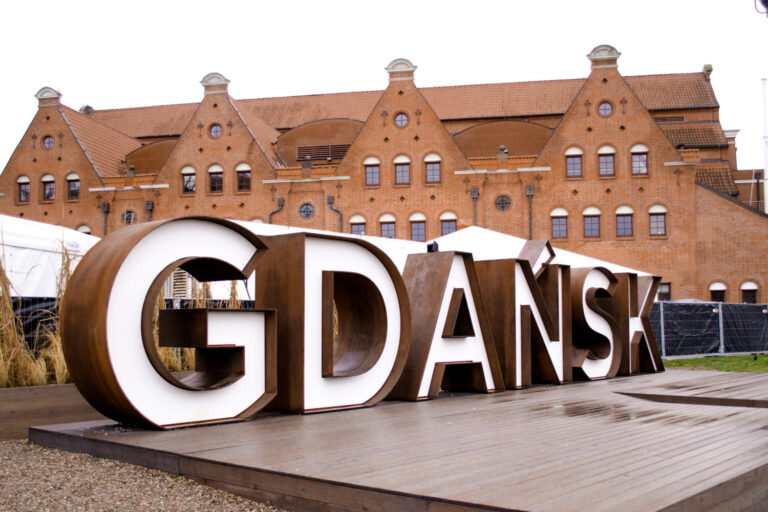
3 day Gdańsk travel itinerary
Day 1 - The Old Town
Free walking tour
Kick your visit off the right way and gain some first-hand local knowledge on a free walking tour of the city’s best locations.
Walking tours are the perfect way to get your bearings in a new city and learn something new, all while getting some exercise – a triple win!
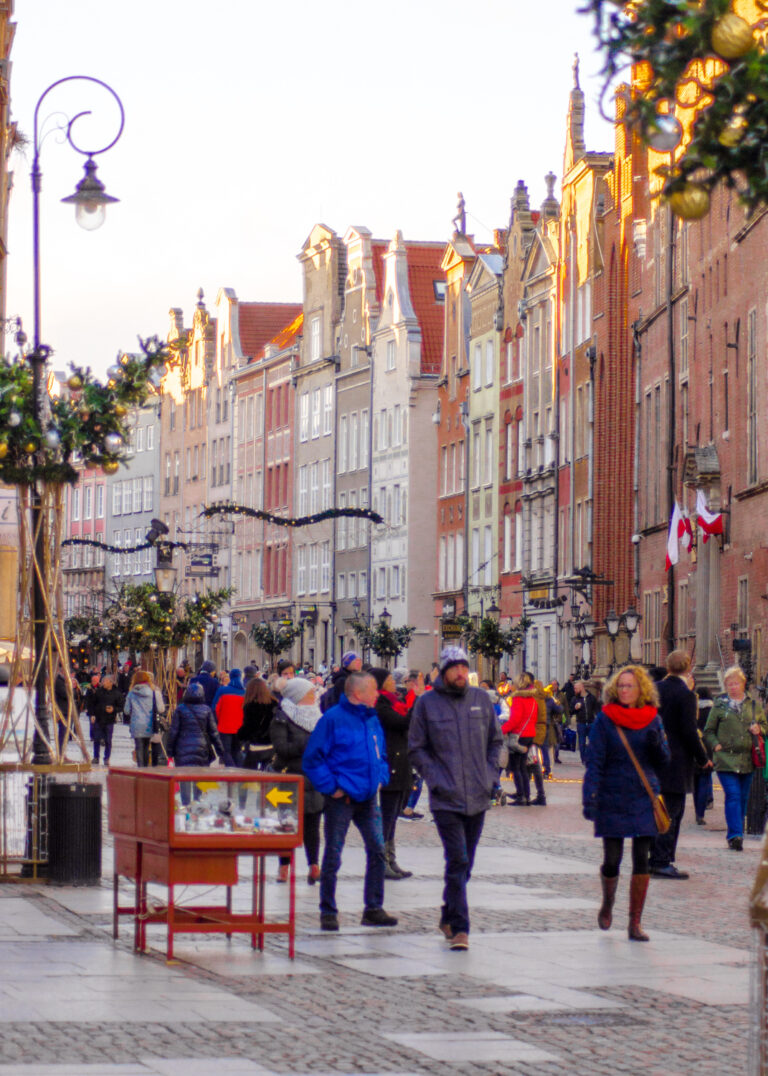
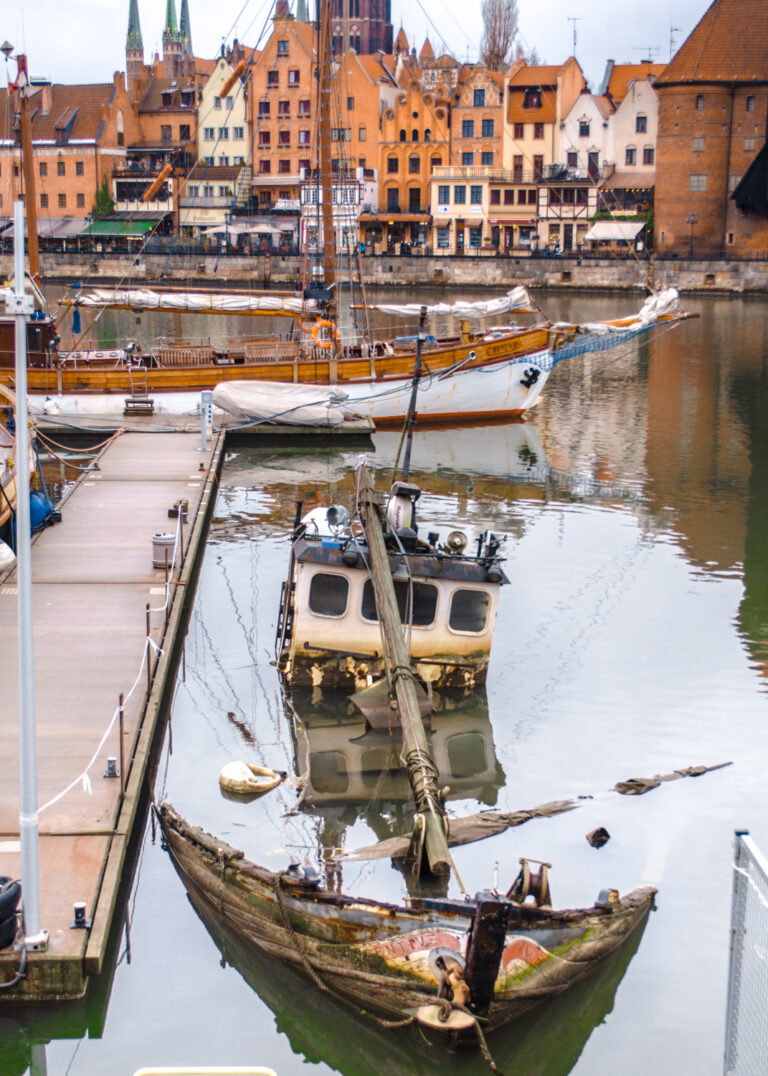
Wander the cobbled streets of Gdańsk with a local guide and soak up all the fascinating information as you stop by many of the city’s most notable landmarks and street.
Don’t forget to tip if you’re happy with the tour as that’s the only way their earn money!
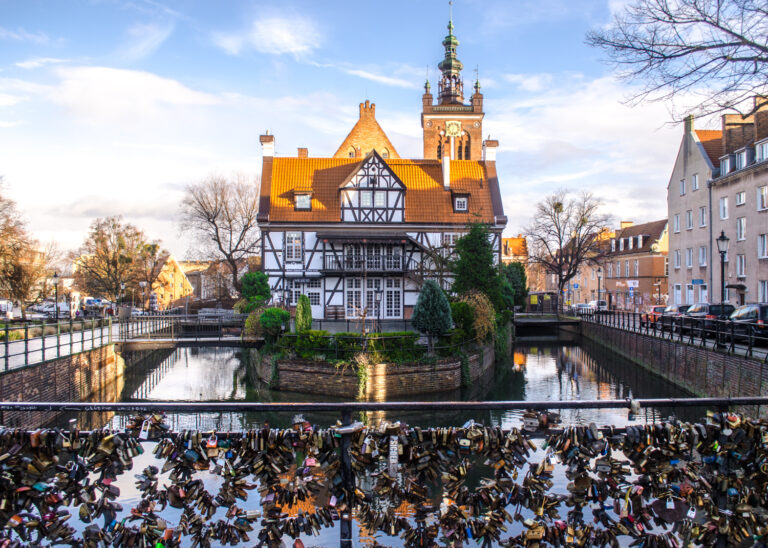
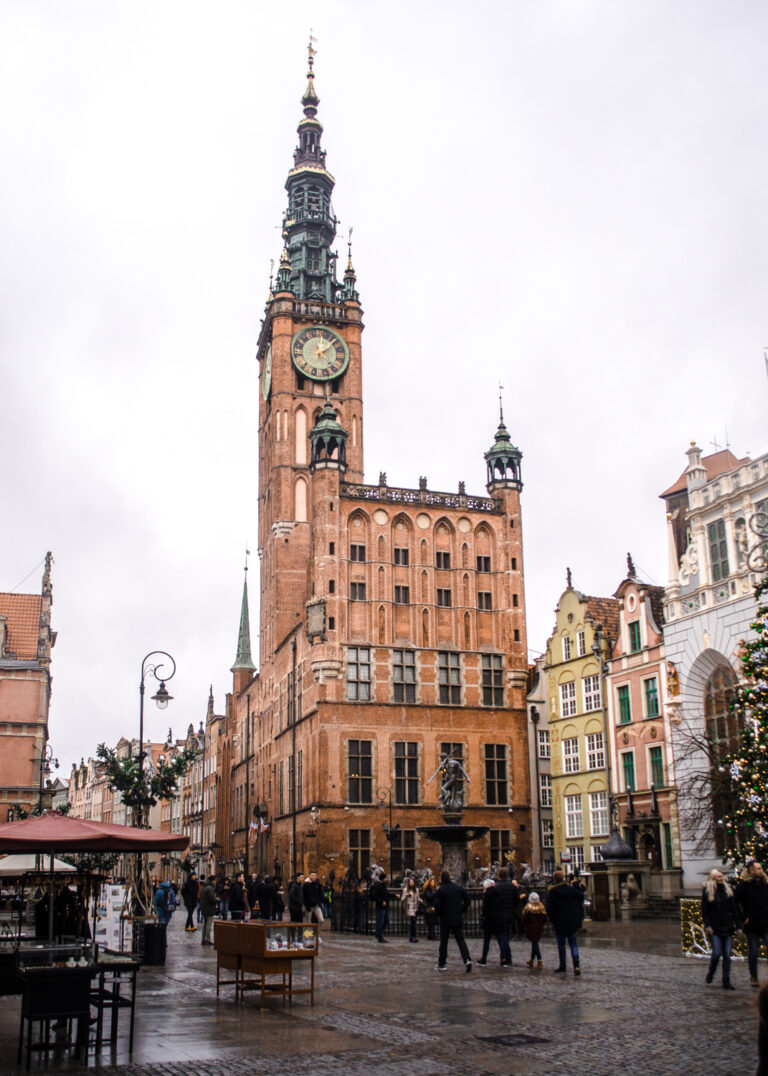
Dlugi Targ Street (the Long Market)
Dlugi Targ Street is the main street in Gdańsk and is where the main market of the city once was.
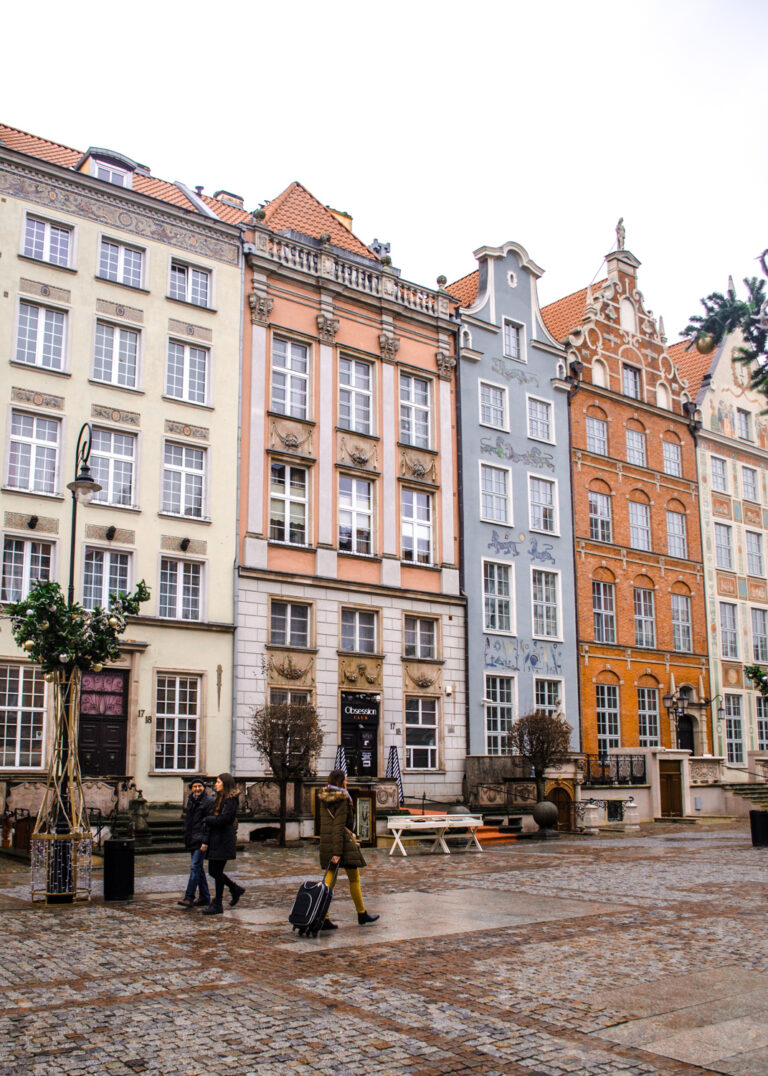
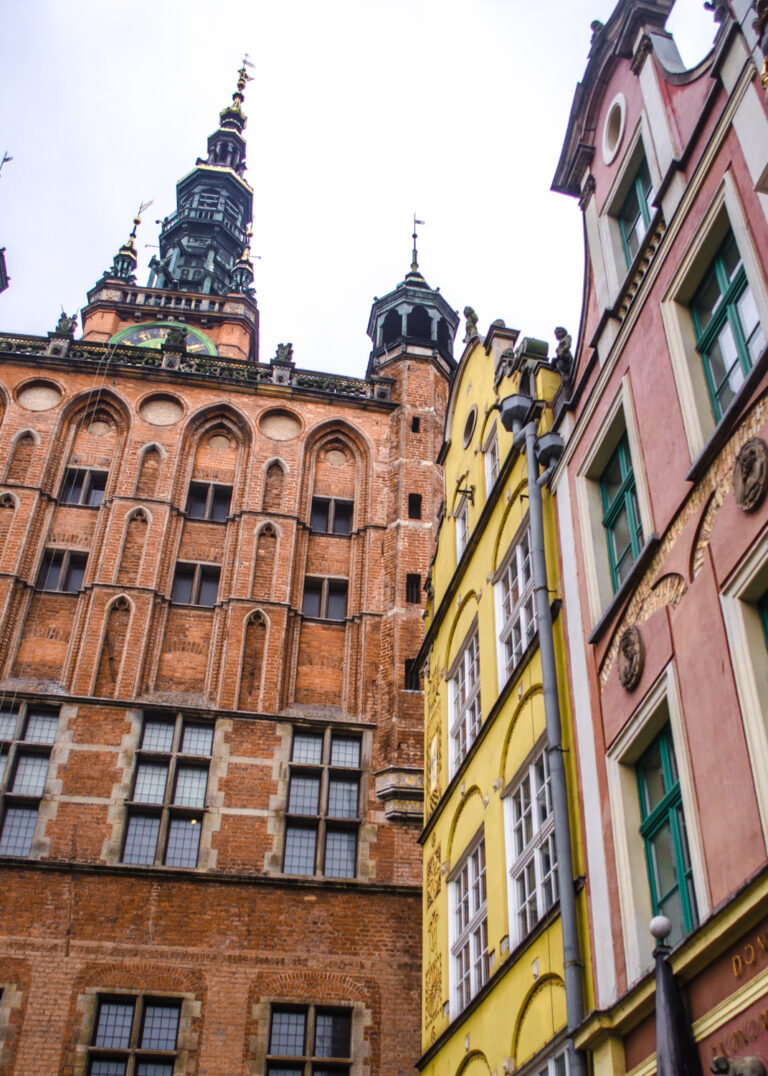
It’s the busiest street in town and is often regarded at the centre. Just 500m long, it can be quite touristy and busy, but it’s unsurprising once you see the beauty easily which makes up for the crowds.
Taking a stroll along this street is one of the must-do things in Gdańsk, and make sure to look up while you wander. The shapes, rooftops and windows of the surrounding buildings are simply magical.
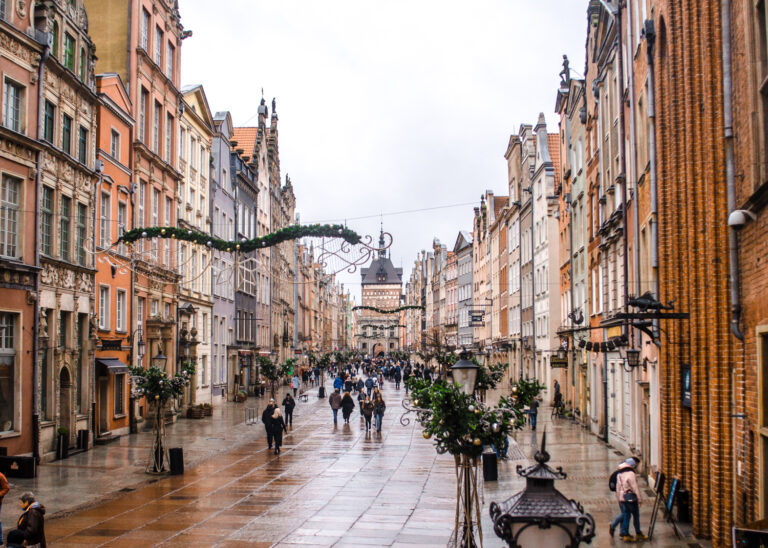
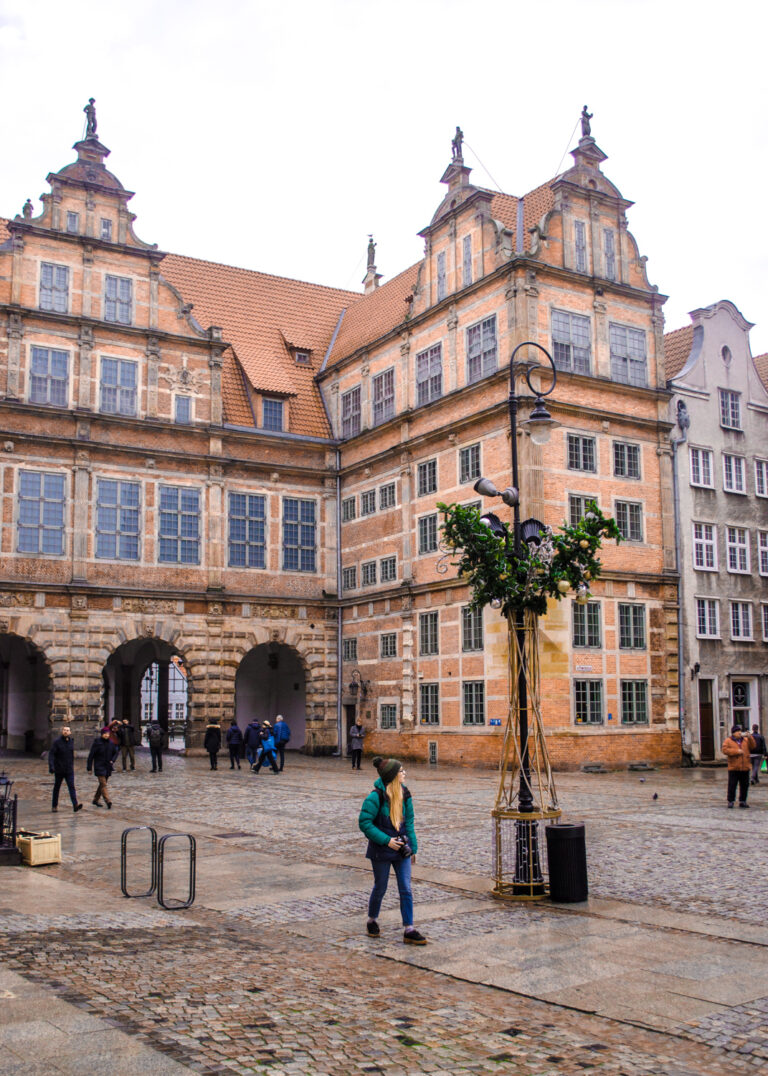
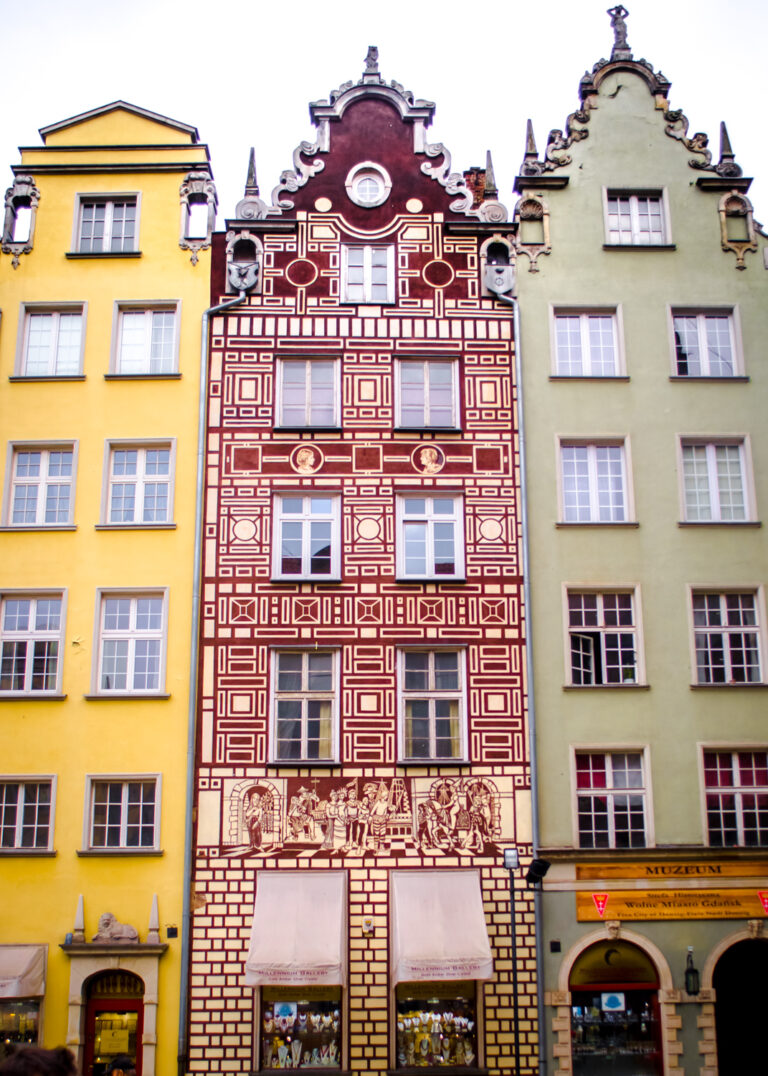
Neptune Fountain
Located on Dlugi Targ Street, Neptune Fountain is a 17th century bronze statue depicting the sea god Neptune. The fountain is an icon of Gdańsk and is a very popular spot for photos while wandering through the heart of the Old City.
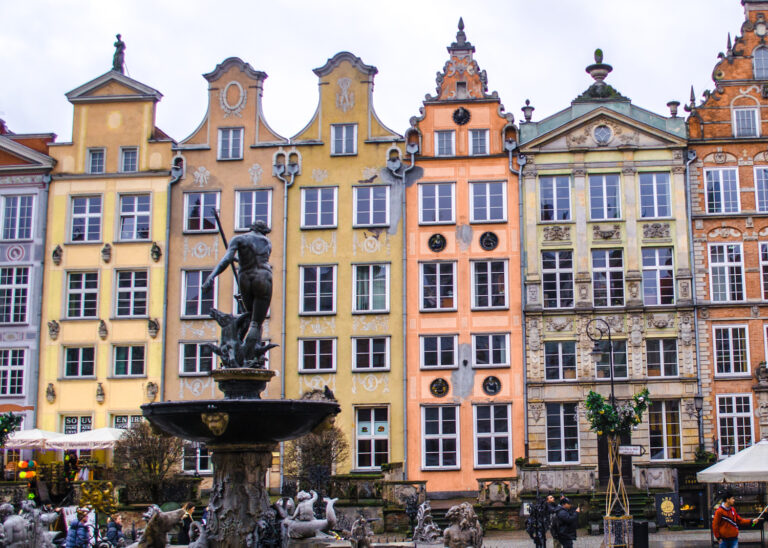
St Mary’s Basilica
The largest brick church in the world, St Mary’s Basilica can hold a whopping 25,000 people and was completed way back in the year 1502.
The basilica is a prominent feature of Gdańsk and sits right in the middle of the Old City on Piwna Street – it’s almost impossible to miss.
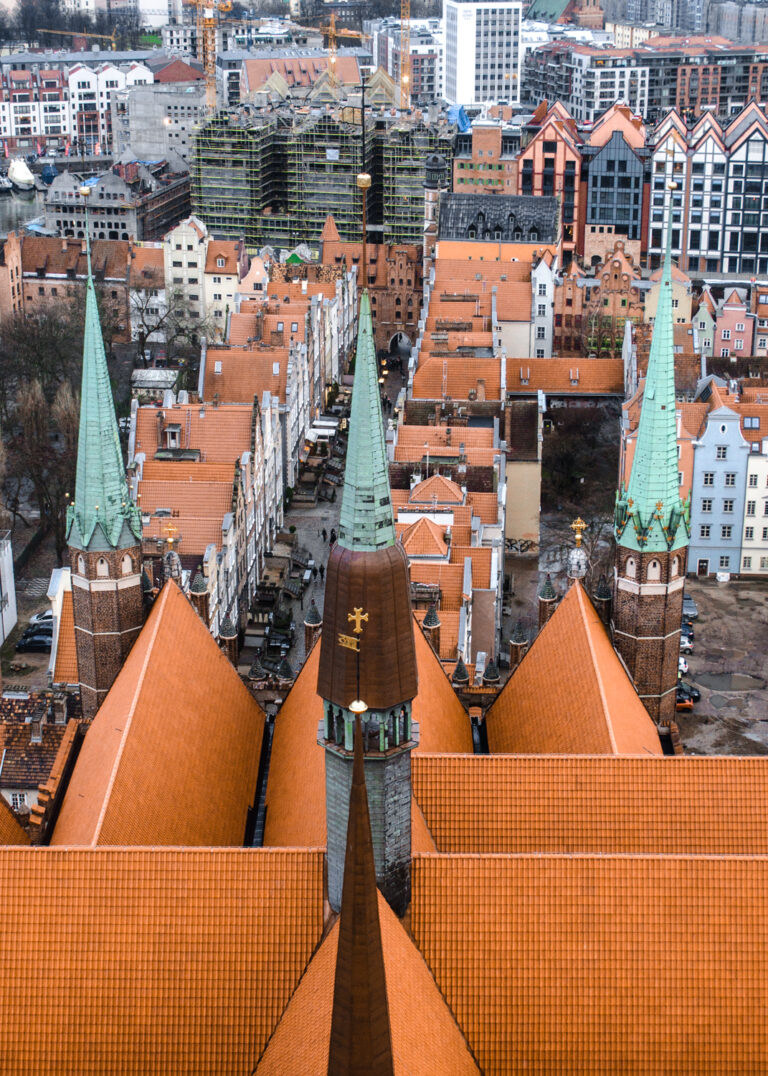
Entrance is free but visitors have the opportunity to climb the 400 steps and spiral staircase to tower and highest point Gdansk for a small fee of 10zł (£1.50).
The view at the top is well worth it!
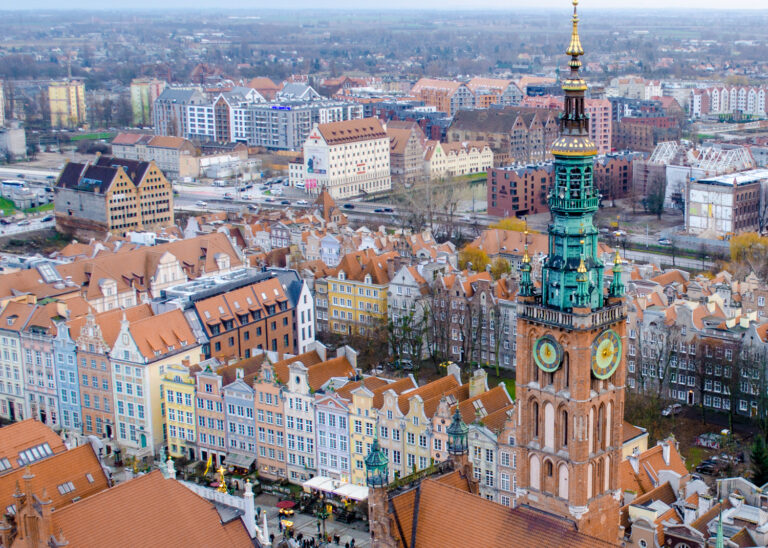
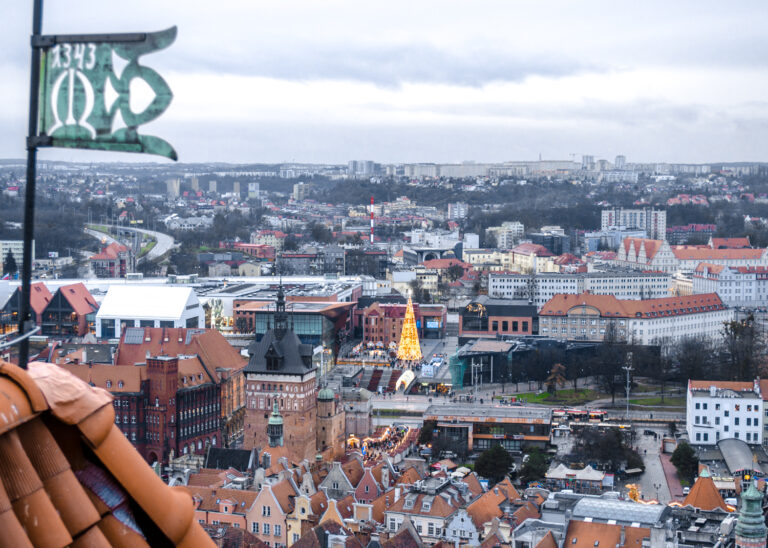
The Crane
Once upon a time, this was the biggest working crane in the world and remains one of Gdańsk’s most iconic buildings, located beside the National Maritime Museum. It was destroyed in the war but was rebuilt in the 1950’s.
If you take a free walking tour you’ll learn about The Crane at no extra cost, otherwise you can pay 12 PLN for a ticket to check it out!
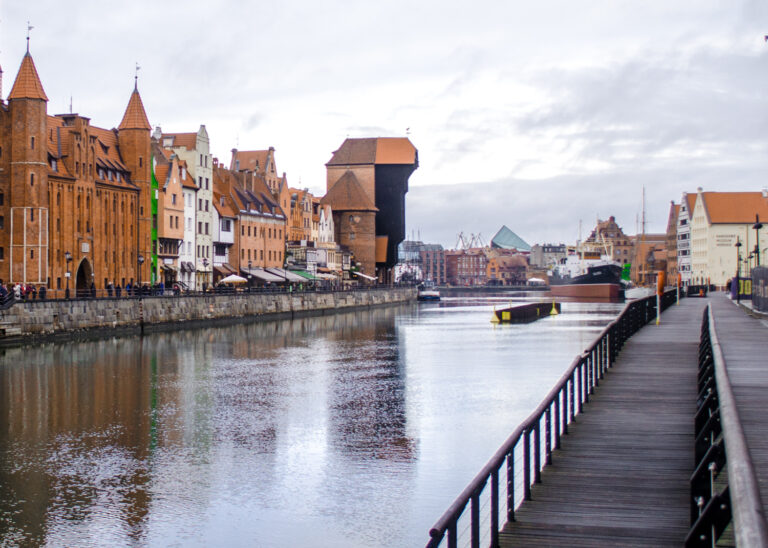
Eat pierogi
After an afternoon of walking around the city it’s time to put your feet up and indulge in some local cuisine. My visit to Gdańsk made me fall in love with these little pockets of doughy goodness.
Pierogi is Poland’s national dish, which are filled dumplings that can be sweet or savoury and often filled with things like ground meat, mushrooms, potato, cabbage or cheese. In Poland they’re traditionally eaten on Christmas Eve but remain a popular food year-round.
When I visited it was the festive season so they were impossible to ignore – lucky me! If you go on a food tour during your stay you will almost certainly get to try some, but we’ll come to that later. For me, it was the accompanying sauce that stole the show.
Day 2 - History, food & drink
Museum of WWII
As a war-history buff, I can safely say that the Museum of the Second World War in Gdańsk is one of the most detailed, informative and impressive collections of war stories I have seen – and I’ve been to a lot of similar museums!
I know it’s not something for everyone, but I do think it’s important to learn about this relatively recent history from a perspective you may not have heard before.
Collect an audio guide with your ticket for 35 PLN (£6) and get lost amongst the immense 5,000 square metres of eye-opening and tear-jerking displays relating to Poland’s involvement in WWII. I think I spent about 5 hours inside (don’t judge me) and I still didn’t even go to every room!
It goes without saying, but you should expect lots of dark stories and graphic materials related to the war.
Amber Museum
Did you know that Poland is the largest exporter of amber in the world? Well, now you do!
Most of the county’s exports originate from Gdańsk which is crowned the “world capital of amber”, where they’ve been producing it for hundreds of years.
Have a look around the collections and learn about the Amber trade in this building that used to be a prison. Find the museum at the Old Mill on Google Maps here, where the entrance fee is 12 PLN.
National Museum of Gdańsk
With over 40,000 exhibits, there’s plenty to see in this museum, despite around 30% of them being completely destroyed during the bombings of WWII.
Entrance to the National Museum is a small 10 PLN so it’s worth popping in and having a look around for half an hour or so.
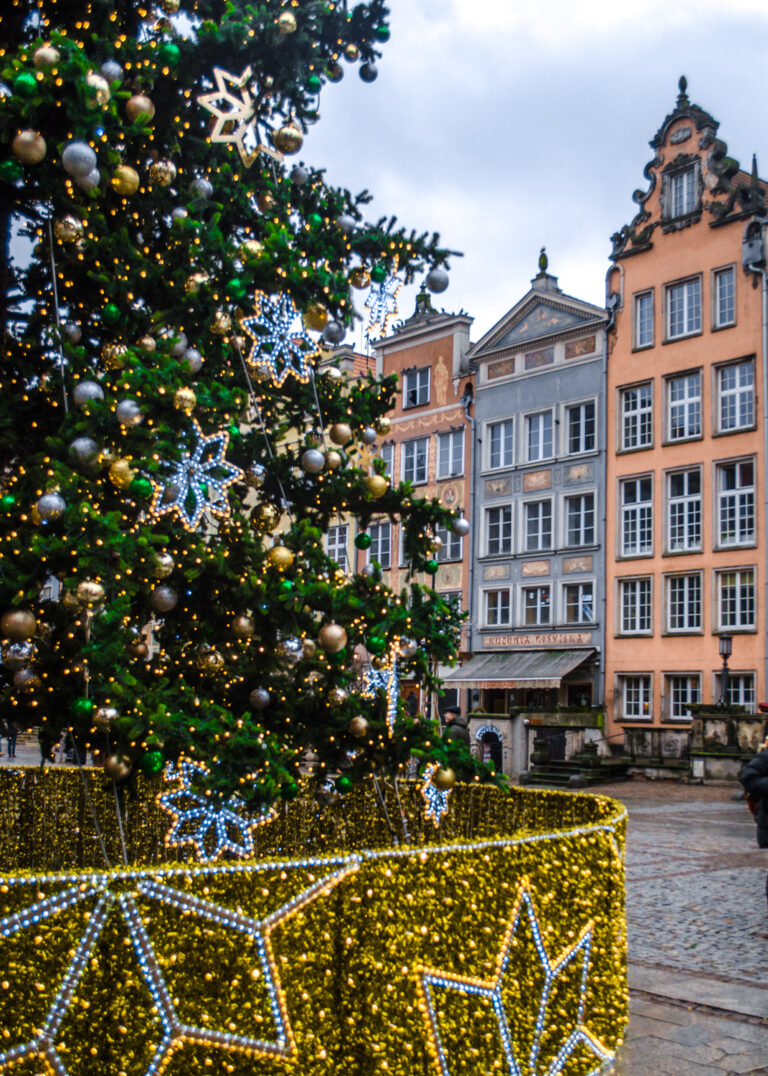
Take a food and drink tour
After spending the day learning about the history of Gdańsk and Poland, you’re bound to have worked up an appetite and I highly recommend booking a food or drink tour with a local guide for the evening!
There are many possibilites to choose from, like a private beer tasting tour, a sighsteeing and food tasting combo, a vodka tasting tour or a pub crawl with a guide. The locals know the best places to go and will give you amazing recommendations of where you should eat and drink in the city to save money and have the best time.
I booked a private tour through Airbnb with a local guide called Kaja who had been a tour guide in the city for over 5 years, so she really knew her stuff! We toured around local eateries while sampling typical Polish cuisines and drinks (lots of Spolika!) while sightseeing too.
My particular tour was £30 per person and it was worth every penny. All the food and drinks are normally included in the price.
Check out experiences on GetYourGuide or Viator.
Day 3 - Day trips
Westerplatte
Catch bus 106 or jump in an Uber to the Westerplatte Memorial.
Located about 10km from Gdansk, this is the site where WWII officially started on 1st Sept 1939 when Poland was invaded by Germany. On that day a mere 200 polish soldiers defended their Baltic shores against 8 times that many, putting up a fight for an impressive 7 days.
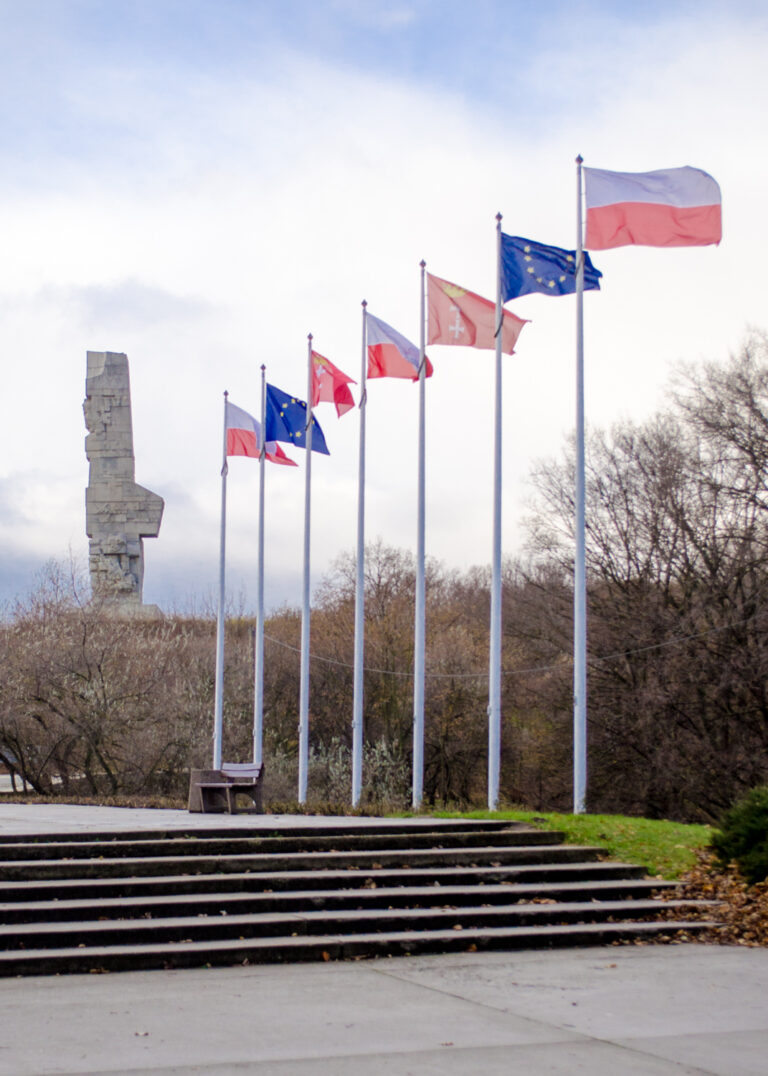
You can explore the ruins, forts, watchtowers and bunkers dotted around the area, and make sure to check out the 82ft monument dedicated to the Defenders of Westerplatte too.
This is completely free.
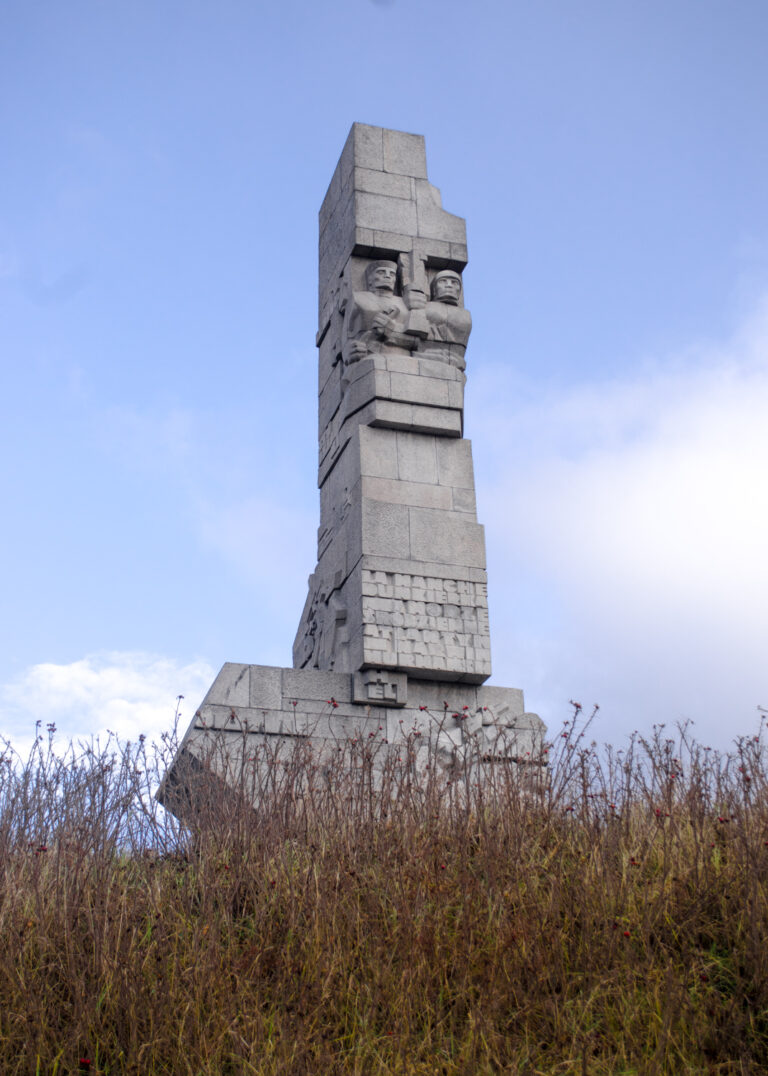
Visit Sopot
Sopot is a small seaside town that, alongside the neighboring cities of Gdynia and Gdańsk, forms the Tri-City metropolitan area. It is located 20 minutes northwest of Gdańsk and has plenty of things to do to keep you entertained with an afternoon by the sea.
Alternatively, you could plan to spend a night or two in Sopot if you have plenty of time in the area.
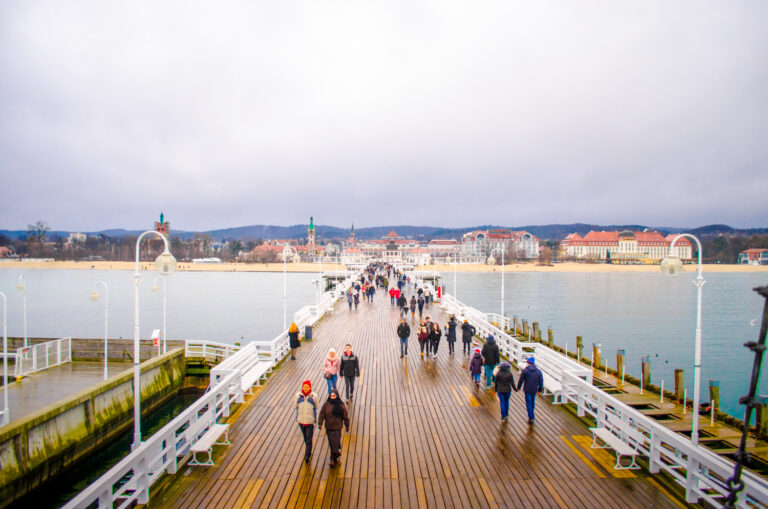
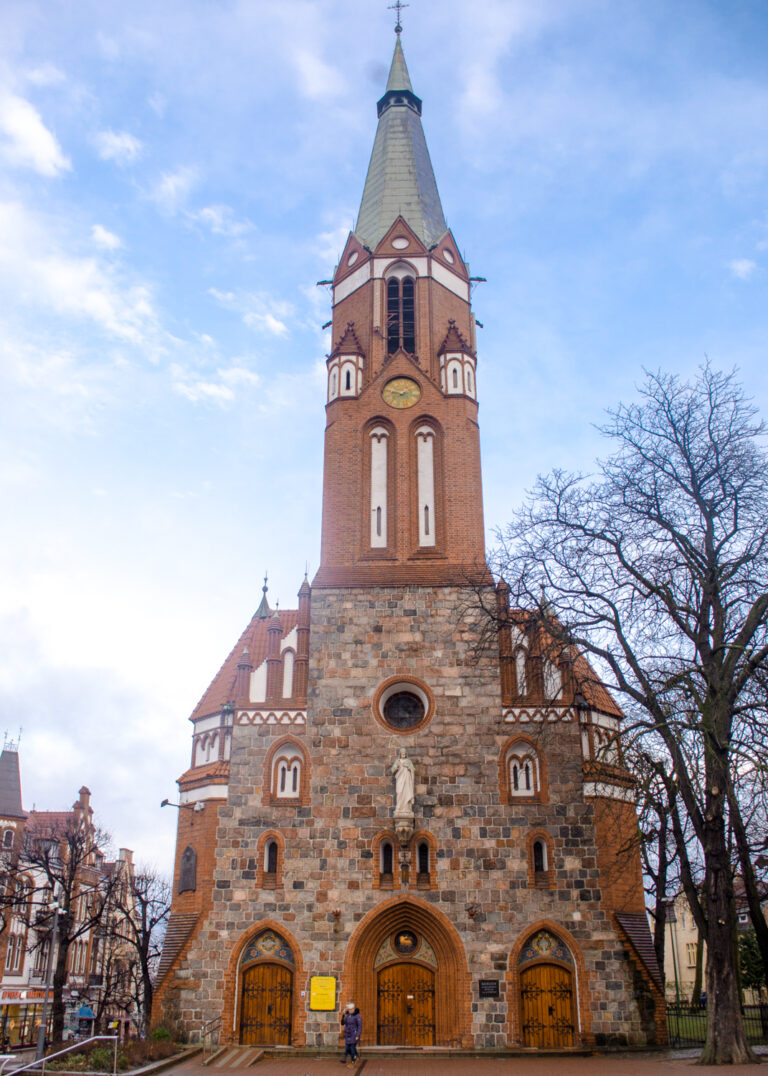
Catch a cheap Uber from Westerplatte and spend a day by the Baltic Sea.
The main highlights of Sopot are:
- The Wooden Pier which is the longest of its kind in Europe
- The funky Crooked House on Monte Cassino street
- Shopping on Monte Cassino street
- The beach, perfect for relaxing in the sun
- The Church of St George
Check out some day trips to Westerplatte and Sopot from Gdańsk to save time.
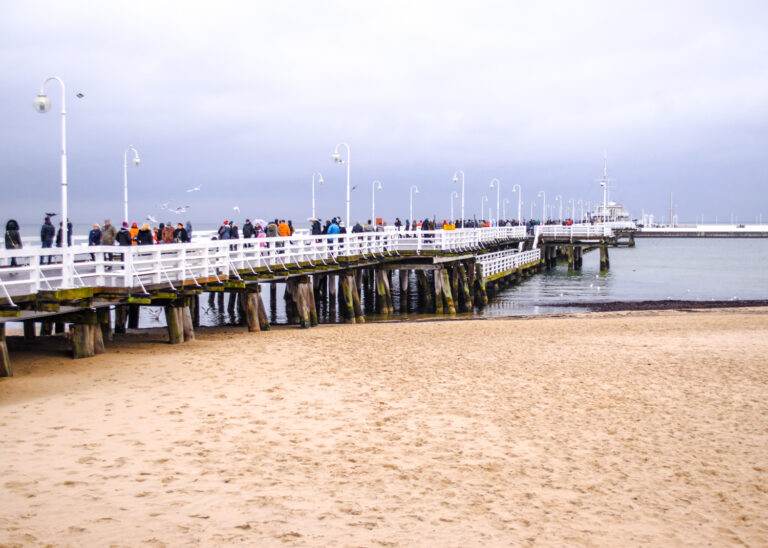
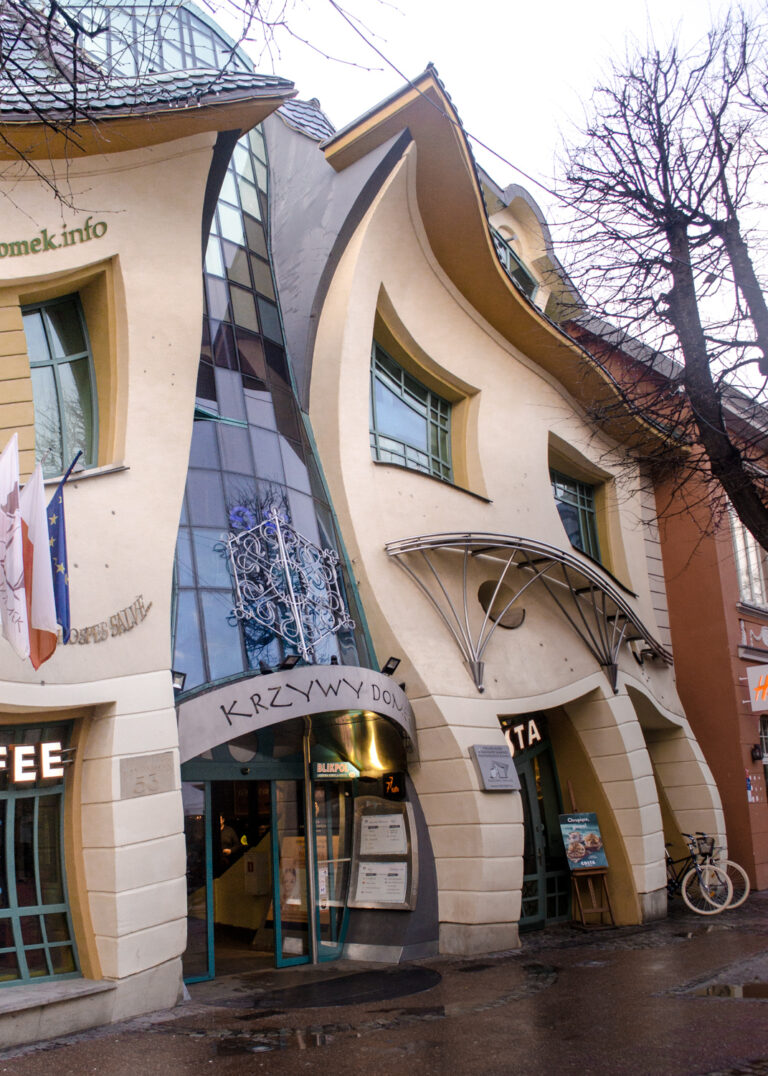
Where to stay in Gdańsk
You’ll want to stay in or nearby the Old City in Gdańsk to be close to the attractions and best eateries. As the centre of town is tightly compact, you’ll never be too far from the action.
Use Booking.com, Airbnb or Hostelworld to find the best deals on budget accommodation in the city.
The best hostel in town
My experience in Gdańsk
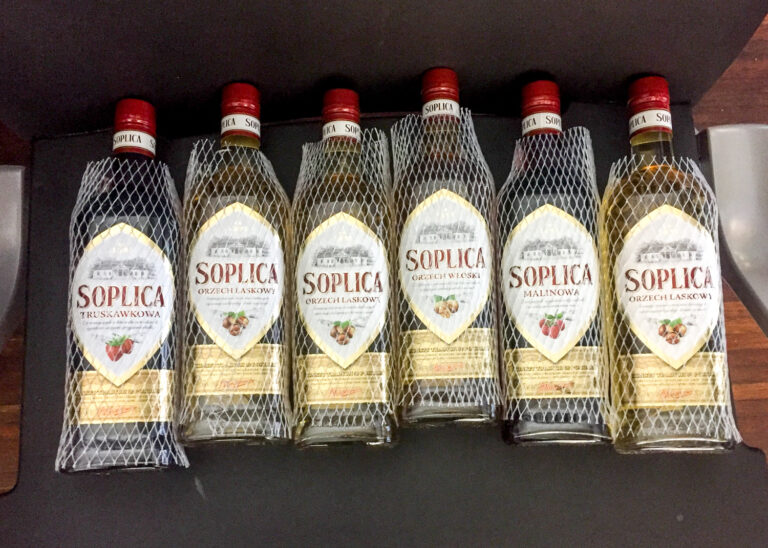
I visited Gdańsk for 5 days and really loved it. This wasn’t this first time I’d been to Poland, but it was my first time visiting during the festive season (I went just before Christmas) which made it even better. The Christmas market was bustling but the the city itself wasn’t too busy. The whole city had a really good vibe around it.
A day trip to Sopot was a great way to spend an afternoon too, because you can quickly exhaust the main sights of Gdańsk in a couple of days. I really enjoyed wandering around the streets, pier and beach at Sopot to mix up the trip a bit.
I don’t think Gdańsk is on many travellers radars for some reason, with most sticking to more famous cities like Krakow and Warsaw, but for me it has all the magic of those places and more, all without too many tourists.
I’ll definitely be back!
Best tours in Gdańsk

Thank you for reading this travel guide – I hope you found it helpful! Feel free to leave a comment below if you have any questions and I’ll get back to you as soon as possible
Happy travelling!
HELPFUL RESOURCES FOR PLANNING YOUR TRIP
Accommodation: Booking.com, Hostelworld
Tours: GetYourGuide, Viator, Klook, TripAdvisor
Transport: 12Go, Omio, Trip.com, Rome2Rio
WHO IN THE WORLD IS JAMES?
Click below to learn more about my story, including 5 random facts about me, some travel FAQ’s and my entire travel history.
No related posts.

